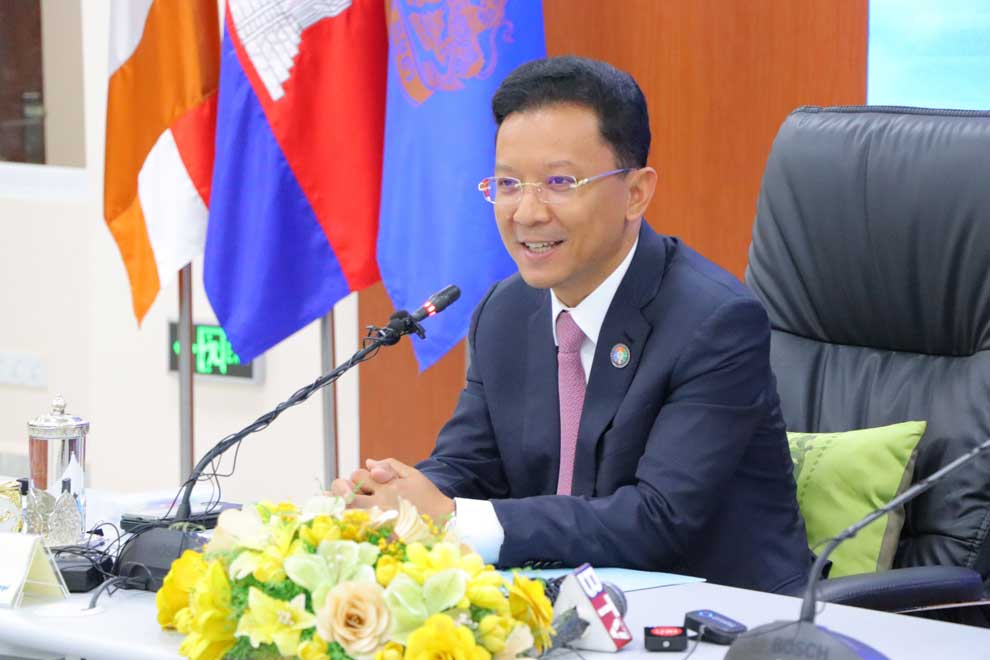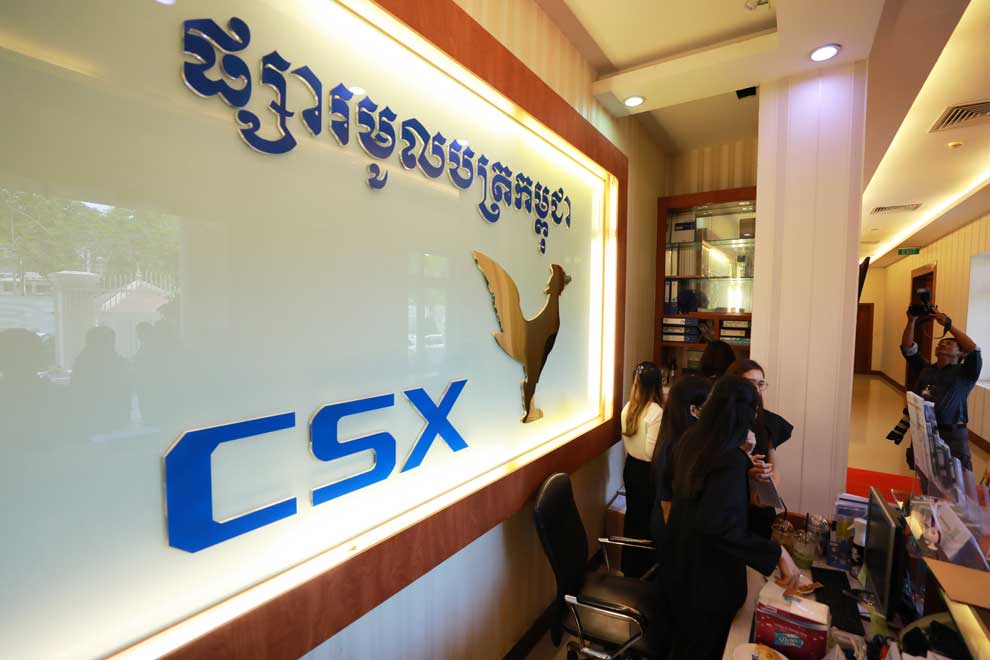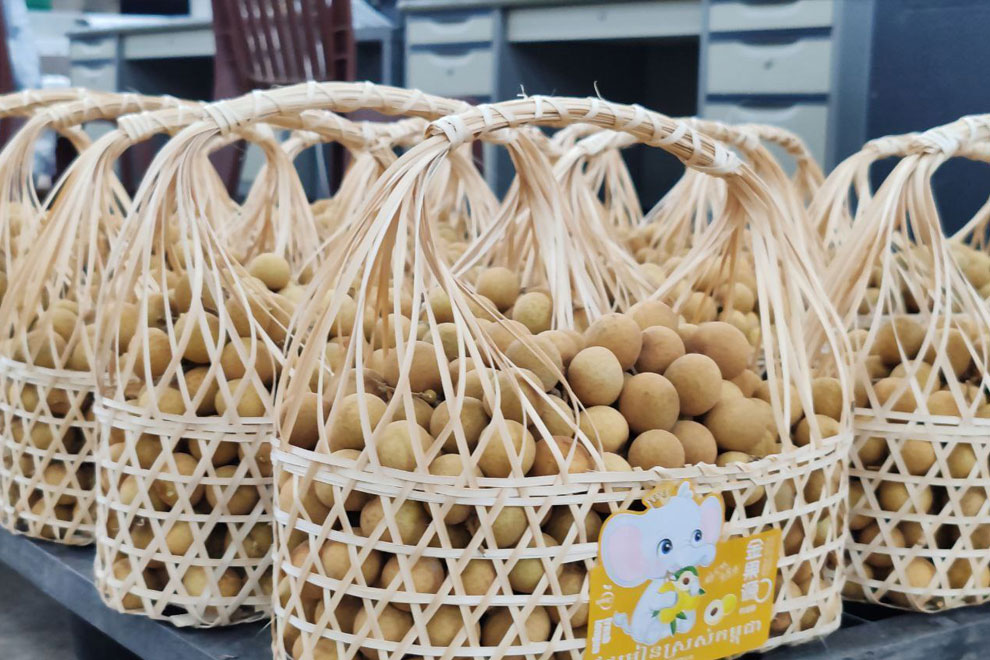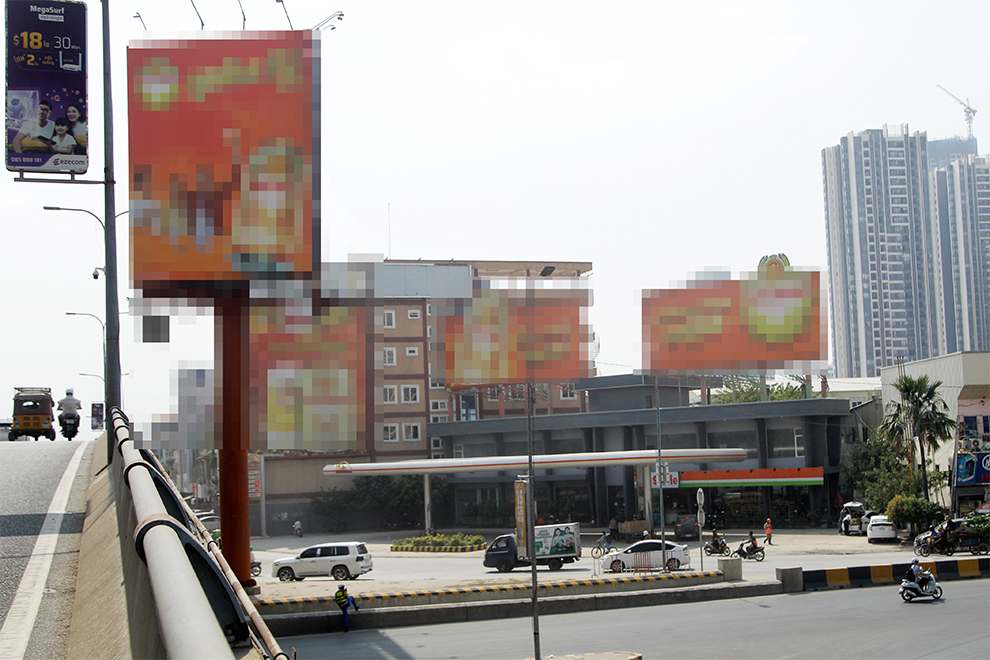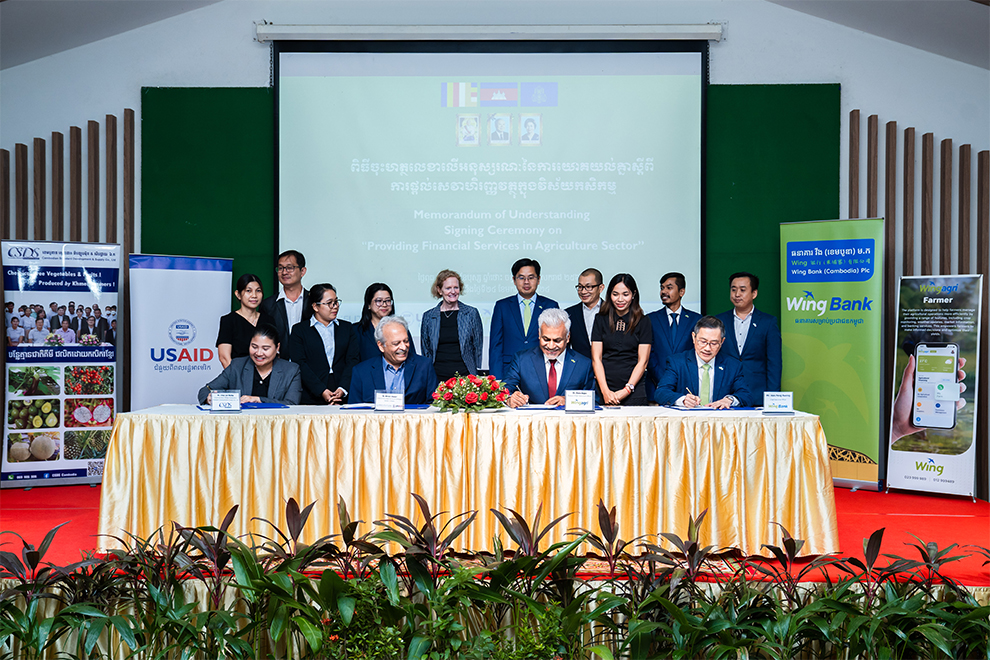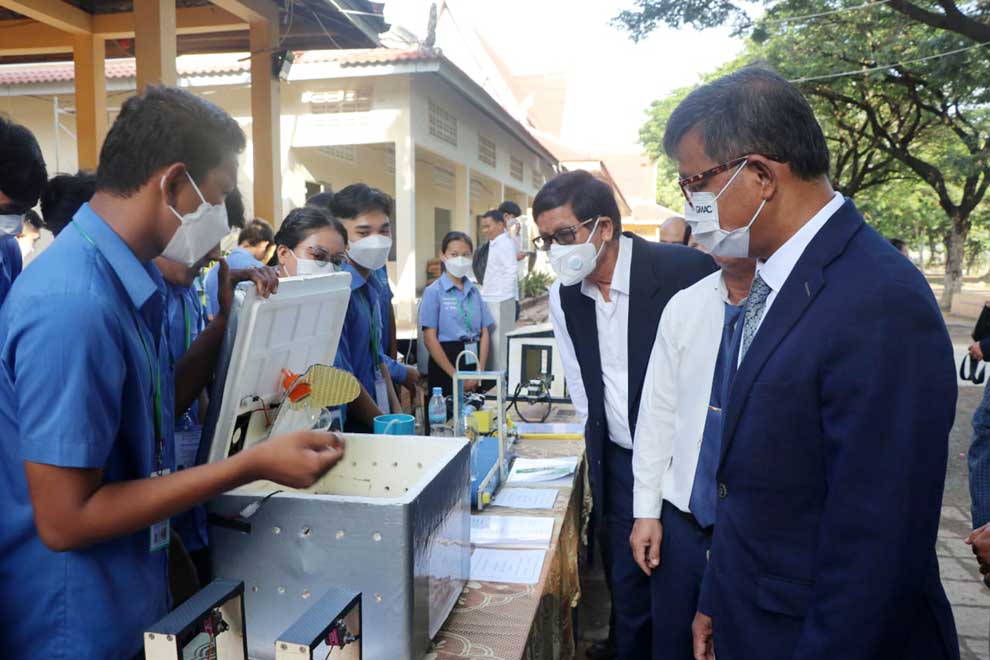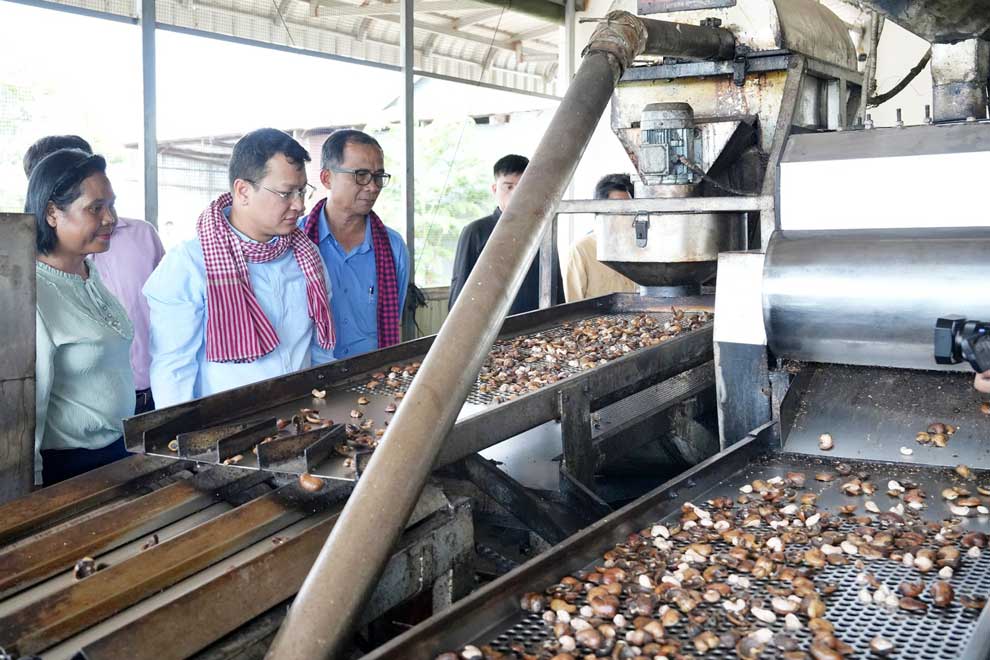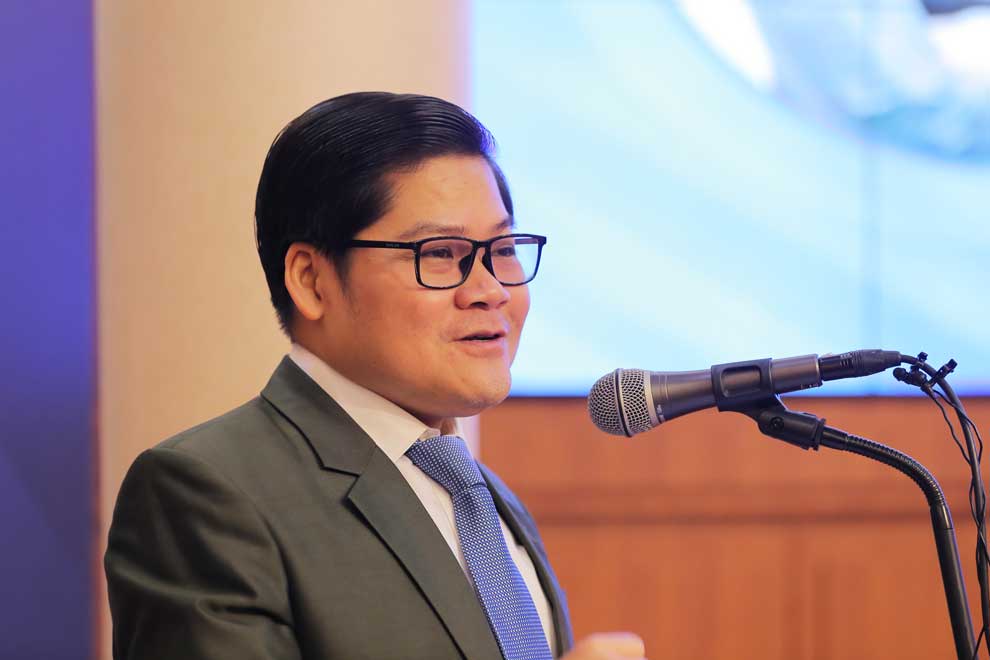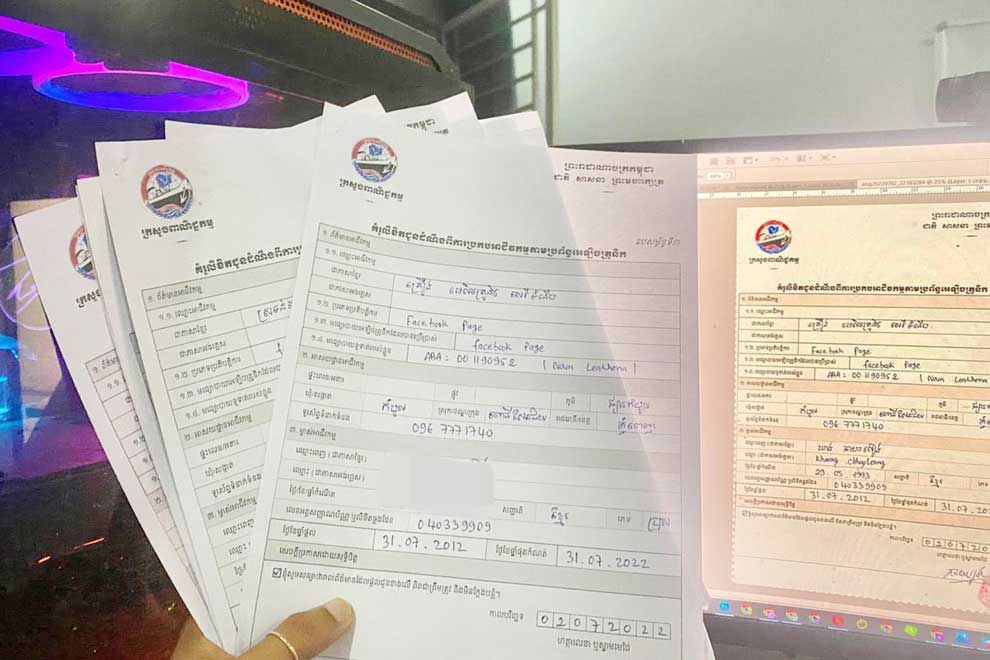NBC keeps economy up, currency stable
NBC keeps economy up, currency stable
Cambodia has emerged as a “regional leader” in maintaining exchange rate stability in recent years, a crucial factor in preserving macroeconomic balance, despite the global economic downturn causing significant currency depreciation in some countries, according to the National Bank of Cambodia (NBC).
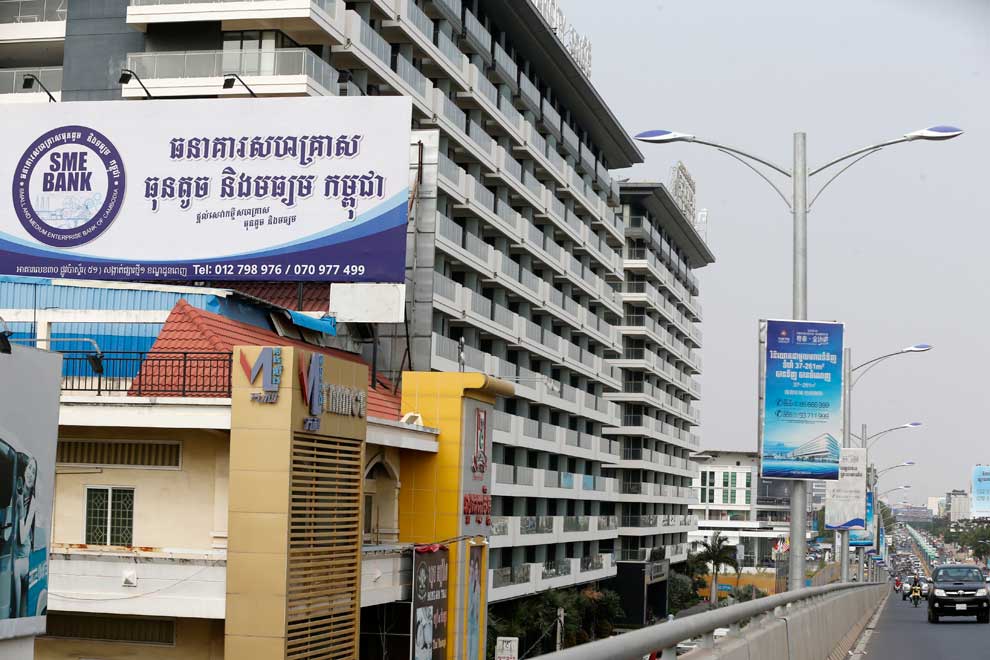
NBC governor Chea Serey highlighted that the country has managed to keep the exchange rate of the riel, Cambodia’s national currency, stable at less than 2% against the US dollar, during the central bank’s annual results meeting for 2023 and implementation plan for 2024.
She said this is in contrast to notable currency fluctuations in other countries, such as a 9% depreciation of the Japanese yen, a 6.7% fall in the Chinese yuan and a 29.8% drop in the Lao kip, amidst a period where the US dollar has appreciated due to high benchmark interest rates.
“Exchange rate stability has significantly contributed to bolstering investor confidence, partially controlling inflation and maintaining macroeconomic stability,” she said.
Serey referred to the exchange rate as an indicator of economic health, citing former IMF managing director Per Jacobsson, who emphasised the importance of enhancing the value of the national currency for economic development.
Toch Chaochek, CEO of Cambodia Post Bank Plc, also noted that exchange rate stability has normalised the local macroeconomy and boosted foreign investor confidence.
“The NBC has been actively promoting the widespread use of the riel, particularly by mandating banking and financial institutions to disburse at least 10% of their total loans in the local currency. This approach is a key mechanism to foster the use of the national currency in the economy. My bank has now disbursed loans in riel exceeding 10%,” he said.
Srun Sopheak, a lecturer at the Royal University of Law and Economics (RULE), recently described the country’s long-standing dual currency system as a “special problem”. He argued that a continued “dollar-denominated economy” might compromise the Kingdom’s sovereign right to formulate its monetary policy.
“Now might be the appropriate time to promote the use of the riel on the government’s agenda, as Cambodia’s macroeconomic parameters indicate that the market is ready for the national currency to establish itself as the primary means of payment,” he suggested.
According to Serey, stabilising the riel’s exchange rate against the dollar mainly relies on prudent monetary policy, effective riel circulation management and timely interventions to sell US dollars on the exchange market as needed.
The central bank chief noted that achieving the objective is linked to maintaining a high level of international reserves, which have risen to about $20 billion, up 12.3% from 2022, equivalent to more than seven months’ worth of goods and service imports.
“I would also like to point out that the uncertainty of international financial markets, coupled with the maintenance of high benchmark interest rates in developed countries, has led to a significant reduction in the international reserves of some central banks,” she said.
“We are also proud that the Cambodian banking system continues to stabilise, especially in a context where the collapse of banking institutions in some countries, such as the US and Switzerland, has raised serious concerns about global financial [security],” she added.
Serey said the quantity of riel in circulation increased from about 356 billion in 1998 to 14.1 trillion by the end of 2022, representing a compound annual growth rate (CAGR) of 16.6%, signalling a steady rise in demand for the currency.




